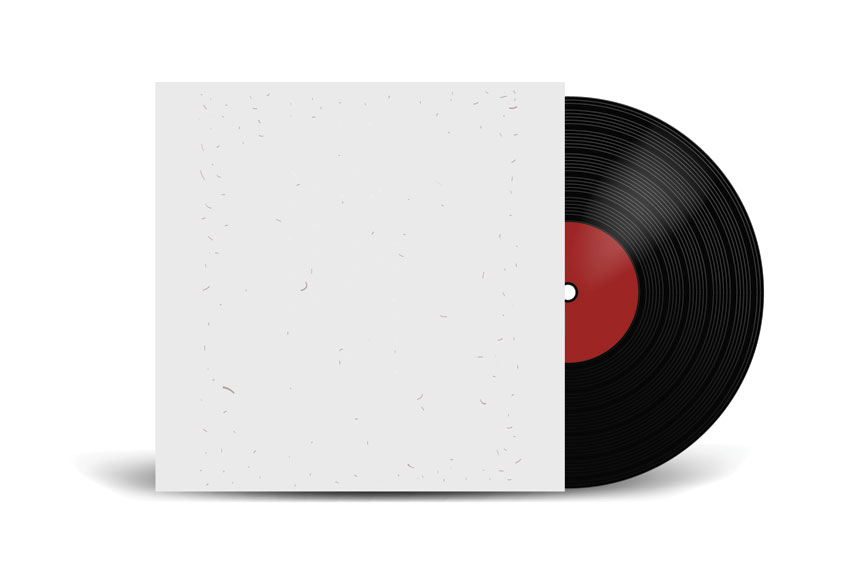Senior managing editor and logophile Andy Hollandbeck reveals the sometimes surprising roots of common English words and phrases. Remember: Etymology tells us where a word comes from, but not what it means today.
Way back in the spring of 2019, I briefly mentioned that the word anthology stems from Greek roots that mean “flower gathering.” The first anthologies were collections of flowers.
Anthologies these days are usual collections of songs, often from a single musical group. But before a band can put out their “Greatest Hits” anthology, they need to have published several albums — at least, that’s how it went in the days before streaming music.
The history of that word album starts way outside the world of music. During classical antiquity, Roman authorities would inscribe public notices in black on a board colored white. The Latin word for “white” is albus, so the board on which these decrees were displayed was called an album, literally “whiteness.” This type of album was common enough that the color sense of the word faded; it took on more a sense of “a register or record.”
As Latin faded, the word album got less and less use. But Latin was still the language of academia, and in the 1500s, German scholars brought the word back — in its “register” sense — in the phrase album amicorum. This “register of friends” that was essentially a blank book in which they collected colleagues’ autographs or other souvenirs.
By the 1650s, album was used to describe any type of blank souvenir book. By the 1860s, those “souvenirs” included a newfangled type of physical medium: photographs. So we began to see photo albums, which are generally rather large and square-ish, with stiff pages to keep the photos from bending.
Then came long-playing gramophone records. Their cardboard containers were also square-ish and stiff, which is why those record jackets were also called albums, a term that transferred to the records themselves. This didn’t happen as long ago as you probably think, though: Long-play musical records weren’t called albums until shortly after the end of World War II.
For most of the 20th century, musical albums were primarily made from black vinyl, which is somewhat ironic considering the word album traces back to a word meaning “white.” This also means that when people refer to the Beatles’ self-titled release as “the White Album,” they are, etymologically speaking, calling it “the White Whiteness.”
Become a Saturday Evening Post member and enjoy unlimited access. Subscribe now




Comments
Another case here, where I had no idea (and wouldn’t have) regarding the word ‘album’, nor been aware of its own long and winding road going back to the 16th century, without ‘In A Word’. Its trip from describing any kind of a blank souvenir book, to photo album by the mid-19th made perfect sense.
Even if the photo album has faded in association (comparatively) with the word album after World War II as record albums symbolized the term more, the photo album is still around, and has a loyal following to preserve those rare, non-disposable pictures not snapped by phone of random of fleeting, unimportant 24/7 moments.
As far as “the White Whiteness” goes, knowledge of this will give Paul and Ringo something ever newer think about in the current re-awareness of the Beatles again, and find quite interesting. Thanks for the ‘flower gathering’ link here. The spring of 2019 does seem like a very long time ago, for good reason.